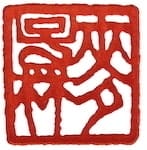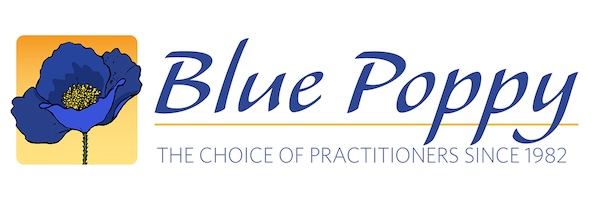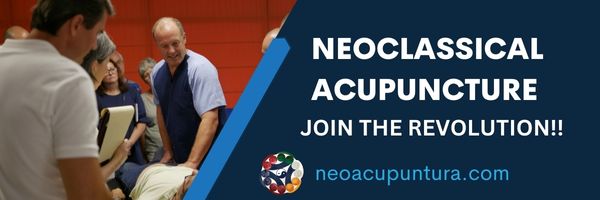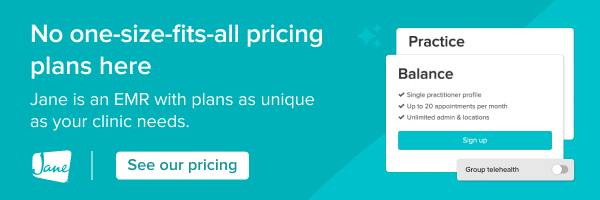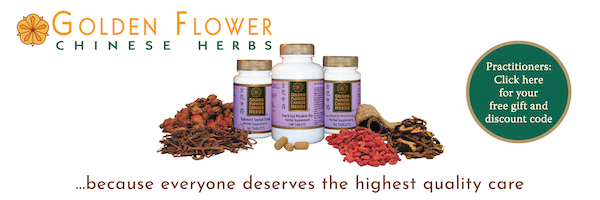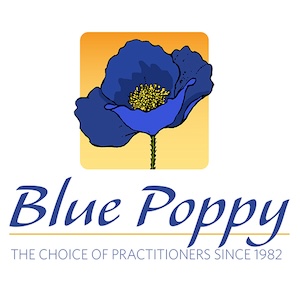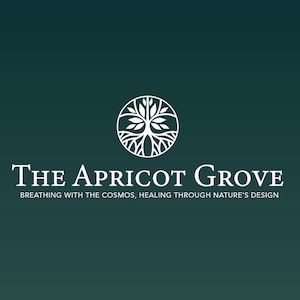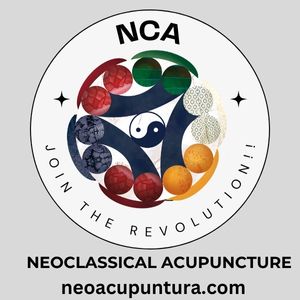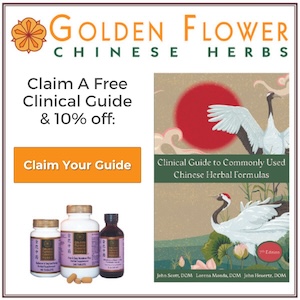The Saam tradition traces its roots back four hundred years to a monk who as part of his meditative practice received some insight into medicine that allowed him see and work simultaneously with the five phases and six conformations. But monks are not doctors, even if they can relief a lot of suffering with a few needles. And so the methods of Saam have over the years found their way into scholarly and educational traditions of Korea. To the degree that with search through Pubmed?? (Fact check this) you’ll find all kinds of modern research acupuncture using the Saam method.
Andreas Brüch has spent time in Korea and was studying Korean Hand Acupuncture. But there were some things that were just not quite making sense. That’s when he started studying Saam and all kinds of things began to fall into place.
Listen into this conversation on the more scholarly stream of Saam Acupuncture, which can give you a whole new way to approach thinking about and using the antique transport points.
In This Conversation We Discuss:
- How Andreas got in to Saam
- Saam 101
- Clinical example – neck pain
- Draining and Tonifying
- Four needles and branch treatment
- Knowing if the treatment is working
- How the metal element relates to back pain
- Considering the transport points from a Saam perspective
- Orthodox vs Modern methods
One of the simple and obvious single pointers I can give from my Saam background is that Spleen3 (Taibai) is not for all patients a good point to tonify Spleen Qi although it is so widely used for this purpose. According to Six Qi theory Taibai is the most dampness-promoting of all points. Such, it is contraindicated to tonify Sp3 for patients with spleen Qi deficiency who show signs of dampness observable in their constitution (overweight = damp) or in their clinical symptoms. For thin/skinny (=dry) people or patients with a normal physique it is a good point, though.
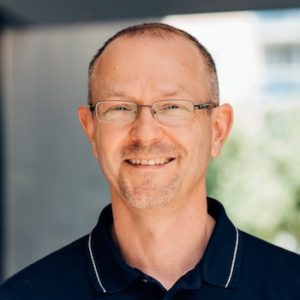 Andreas Bruch, Heilpraktiker
Andreas Bruch, Heilpraktiker
I work and live in Germany near the city of Muenchen. I am licensed as a “Heilpraktiker” (lit. translating as “healing practitioner”) which is the certified alternative medicine profession here. Originally, I encountered Asian philosophy, culture and health practice through the study of Taekwon-Do which I am still learning and teaching now for over 35 years. Additionally, my original academic training is a Ph.D. in psychology. In this context I researched and published on intercultural communication between Germans and Koreans and worked freelance as an intercultural trainer for overseas assignments to Korea, Japan and China. These influences eventually led me to study Asian medicine.
In 2009 I graduated from TCM school and have been operating a private clinic since then. I made regular visits to South Korea to learn Qigong and Korean medicine since 1996. Since 2015 I have been teaching Saam acupuncture in Europe. In 2017 I published the first textbook on Saam acupuncture in Germany.
Even after 10 years of experience with Saam, I am still very enthusiastic about this style. I especially like the systematic approach and the quick practical application. The climatic energies of the Six Qi and the Korean constitutional approach in Saam acupuncture give valuable, additional perspective compared to “conventional” TCM. The opposing dimensions of the Six Qi – dampness vs. dryness, heat vs. cold, the direction of wind going inwards vs. outwards – add a lot to clinical understanding in oriental medicine. Thus, Saam definitely can give you additional weaponry to fight your patients` diseases, however you must be open to aim at new targets.
Links and Resources
Andreas is eager to share his clinical experience with Saam acupuncture. He frequently teaches courses in Europe.
You can visit Andreas’ website (in German) at www.asiatische-medizin.com.
Andreas has written a book about Saam acupuncture (in German).
